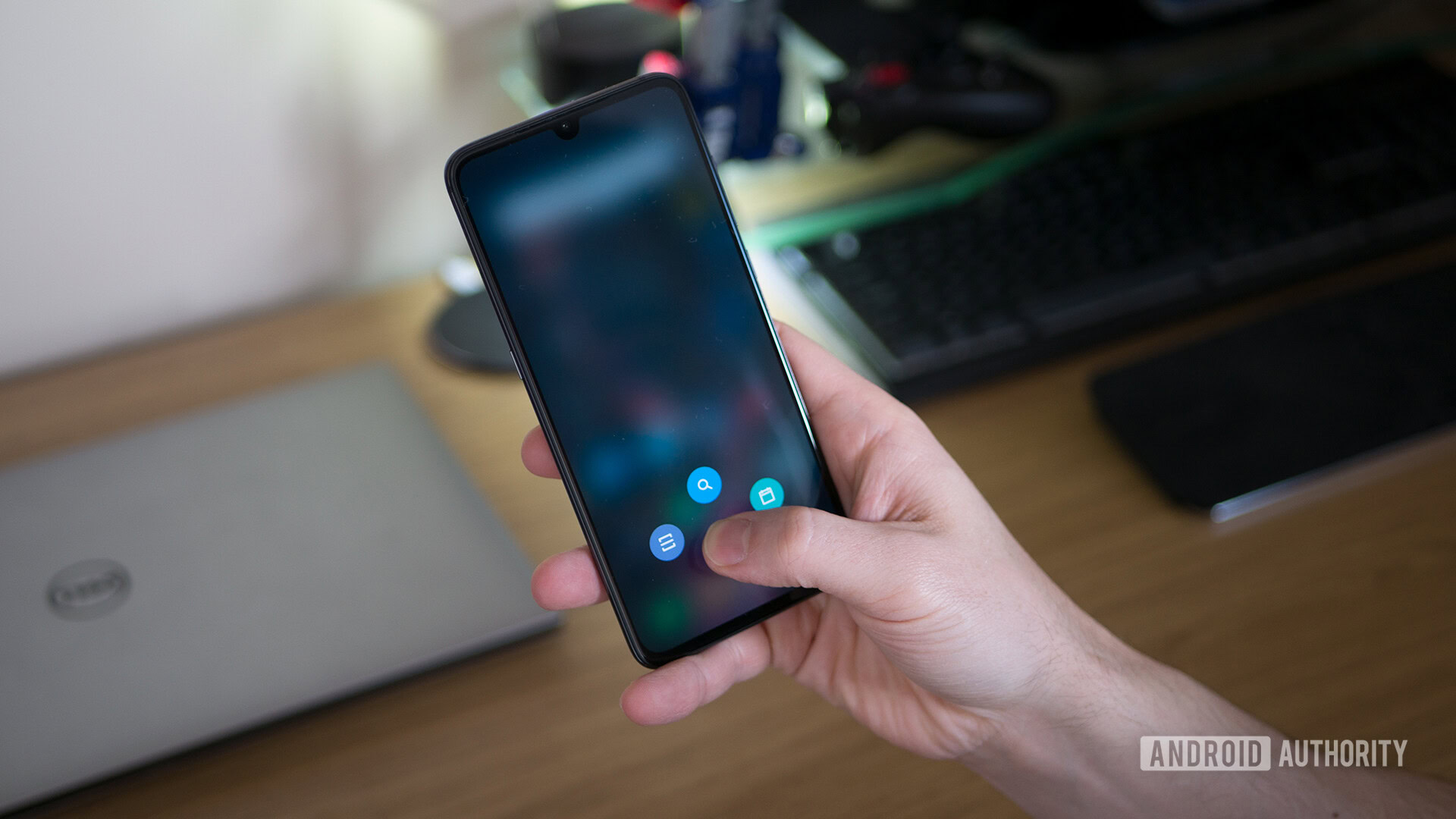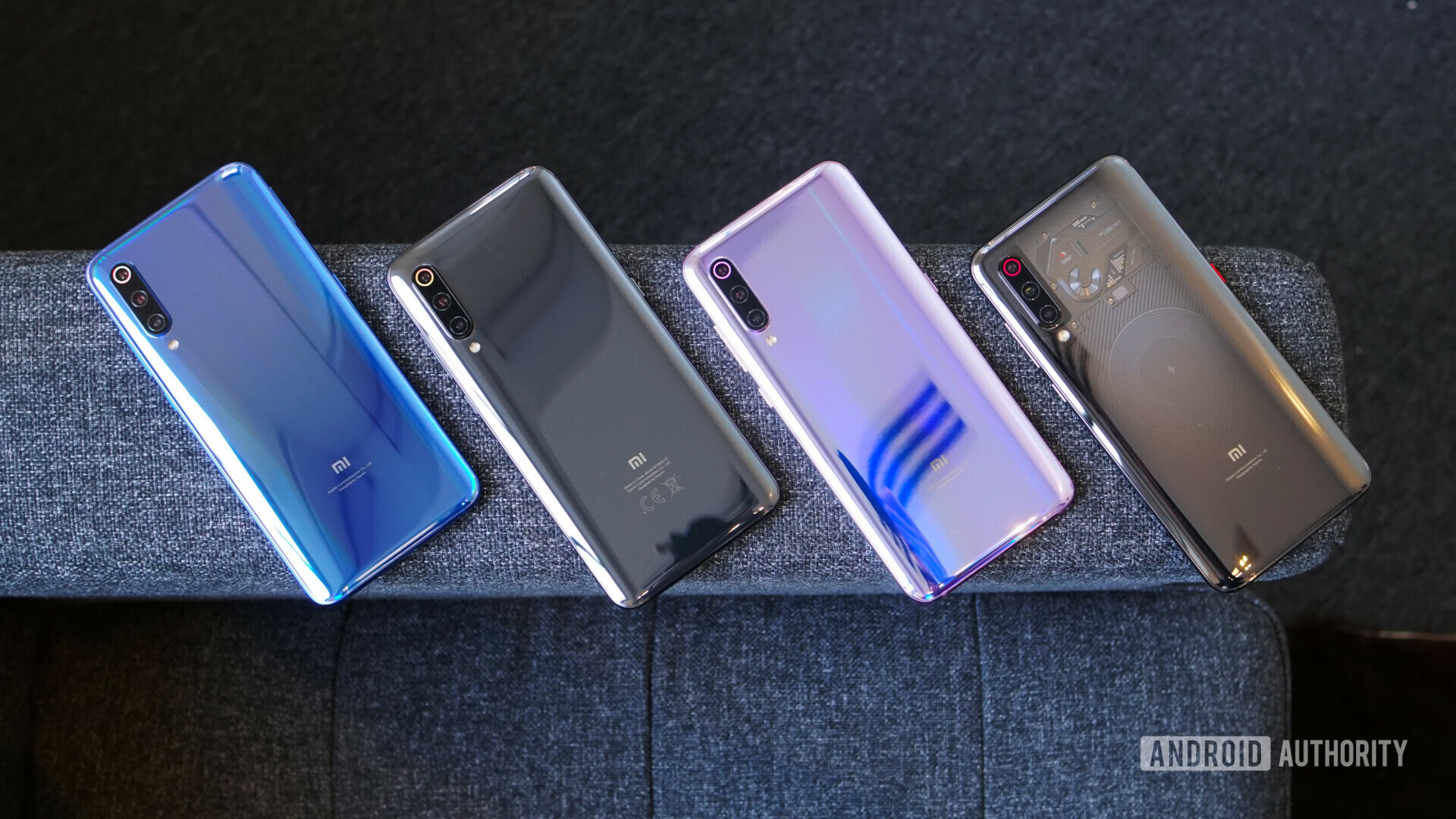Affiliate links on Android Authority may earn us a commission. Learn more.
These features make OnePlus, vivo, Xiaomi's in-display fingerprint sensors stand out
Published onMarch 11, 2019

In-display fingerprint sensors have been on the market for just over a year now, ever since the vivo X20 Plus UD debuted at CES 2018. The technology has swiftly seen adoption since then, as the likes of OnePlus, HUAWEI, Samsung and others grab the feature.
In-display tech is only going to improve down the line, as authentication speeds improve and the readable area expands to cover more of the screen. But manufacturers should also take note of what OnePlus, Xiaomi and vivo are doing on their current-generation products.
A genuinely useful feature
The OnePlus 6T lets users long-press the in-display fingerprint sensor to activate certain apps and tools. This feature, dubbed Quick Launch (seen above), requires users to keep their finger on the sensor after the phone has been unlocked. You should then see a carousel of up to six apps/tasks and, yes, you can customize these apps and tasks to your liking.

The relatively recently announced Xiaomi Mi 9 also offers near-identical functionality, as seen in the main image. Xiaomi currently lets you use the functionality to activate a QR code scanner, add a calendar event, and perform a web search. But the brand has confirmed plans to let users remap these shortcuts to other apps and tasks.
Is this a sign of things to come? When Huawei and third-party app developers first popularized fingerprint gestures back in 2015 (e.g. swipe down for notifications), it didn’t take too long for the likes of Google and Samsung to hop aboard the bandwagon. Therefore it stands to reason that a few other OEMs will eventually offer this feature on their in-display fingerprint sensors too.
Customizing the touch animation
Xiaomi, OnePlus, and vivo have also delivered customizable authentication animations for their in-display fingerprint sensors. It’s a small but nifty feature, allowing users to change the animation to something more subtle or garish. For example, vivo’s device lets you choose one of five animations, ranging from a circle of light to a futuristic, electronic animation (check a few options below).
Meanwhile, the OnePlus 6T lets you choose three animations (seen below), ranging from the standard Cosmos theme to XYZ. Heck, OnePlus fans can even unofficially add the McLaren Edition’s exclusive fingerprint animation to their standard OnePlus 6T.
Xiaomi’s Mi 9 isn’t left in the lurch either, offering four animation options for users (starlight, neon, metal, and pulse). You can check these animations out below.
Anyone tried the in-display fingerprint unlock of #Mi9? Which animation do you like the most? pic.twitter.com/r7RxwWeAGs— MIUI (@miuirom) March 6, 2019
This isn’t a game-changing feature by any stretch, but giving users the ability to customize their experience is certainly in the spirit of the Android platform. And it definitely seems like the type of feature that will be quickly copied by other OEMs, as it likely doesn’t require a big engineering effort.
That’s not to say Android brands aren’t improving upon the fundamental tech behind in-display fingerprint sensors. Xiaomi, for example, is claiming a 25 percent speed boost for the Mi 9’s scanner, presumably compared to the rather disappointing Mi 8 Pro scanner. Furthermore, OnePlus has claimed that the 6T’s fingerprint sensor becomes faster over time, as it accumulates more print data.
OPPO and Xiaomi have also recently demonstrated in-display sensors with a larger area for authentication, reducing the need to tap a tiny area of the screen. vivo has even revealed its Apex 2019 concept phone, touting a full-screen scanner which is seen as the holy grail of in-display fingerprint sensors. Still, between customizable animations and app shortcuts, we’re glad to see OEMs deliver a few more tricks before we get to that full-screen future.
NEXT: That hole-less phone isn’t coming, received roughly 30 pre-orders